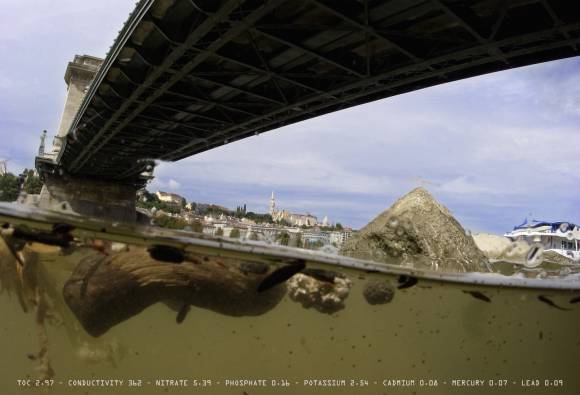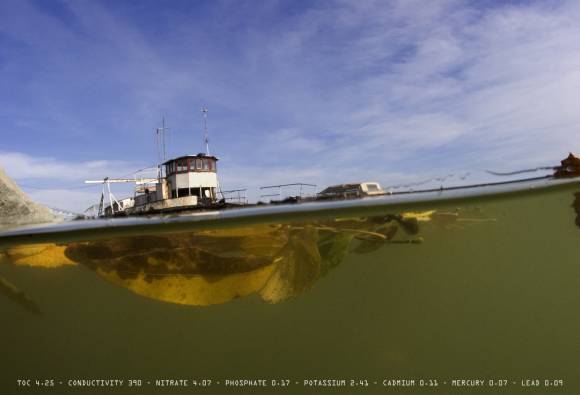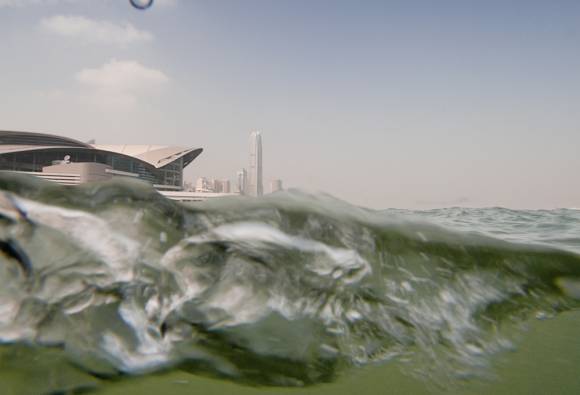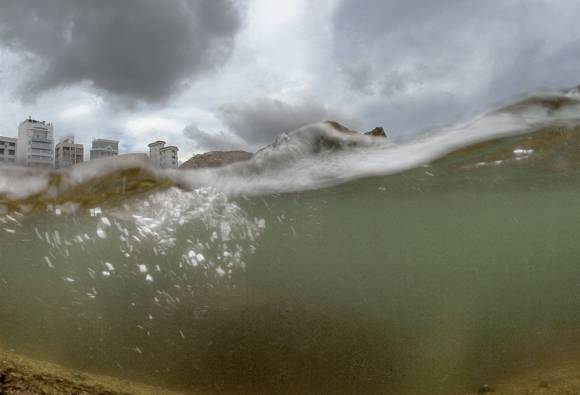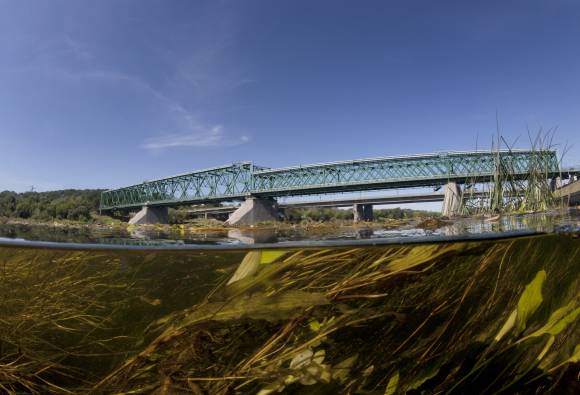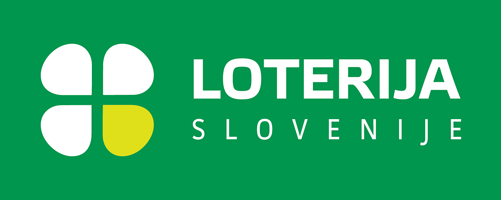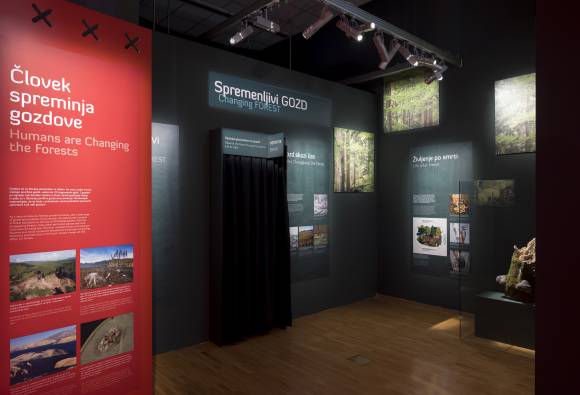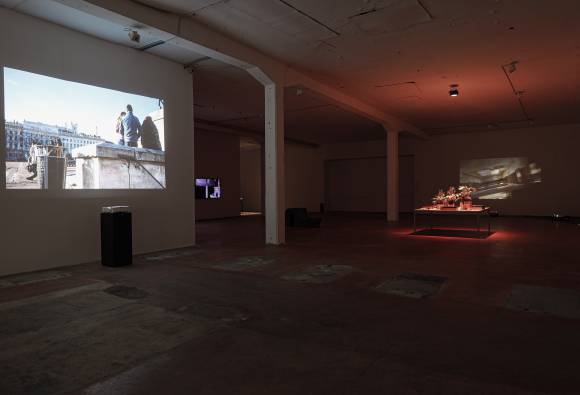
Andreas Müller-Pohle: Environmental Imprints
Photography, video and sound
Curators: Jan Babnik, Nataša Ilec Kralj
Foyer I is closed between 6–9 May 2023, throughout the duration of the ECTES Congress.
Cankarjev dom’s Small Gallery, CD Club and Alma Karlin Hall can be accessed from Erjavčeva Street.
The following public guided tours of the exhibition “Andreas Müller-Pohle - Environmental Footprints”, on view at Cankarjev dom’s Small Gallery, are available in May:
10 May 2023 at 13.00
14 May 2023 at 11.00 (exhibition closing)
The tour is conducted by the exhibition's curator, Jan Babnik.
The work of Berlin-based artist Andreas Müller-Pohle revolves around the ontological and representational questions of photography, its essence and social meaning. His work explores the limits of both photography and reality, but above all his work is characterized by the oscillation between, as he points out in his article "Photographic Dimensions", the aesthetic, political and technological aspects of photography. Andreas never simply positions himself on one of these aspects – he devotes himself to research or rather to focusing on the subject of representation. In his work the categorical choice between high and low culture, between political engagement or aesthetic conservatism, between digital deconstruction or analogue reproduction – turns out to be wrong – one might say even insincere. For him, it is precisely the technological-aesthetic-political construction of the subject of representation that is at the forefront, which calls for diverse visual approaches. His oeuvre ranges from works dedicated to ontological questions of photography, through research works on the meaning of everyday images, political aspects of the visual, through complex photograms and videos addressing the ecological issues of recycling photographs, to projects combining photography, video and sound to deconstruct the environment.
The exhibition Environmental Imprints presents selected works from Andreas's broader body of work Studies on Water and features photographs from the Danube and Hong Kong projects, video of Hong Kong's Shing Mun River, and sound of the waters of Hong Kong and the Danube. The selection of photographs and videos echoes the artist's exploratory approach and his ‘unalignment’ between the aesthetic, political and technological aspects of the visual. In the exhibited works the human environment is established through the in-between space of air and water – with its vague contours, compositional fractures and partial structures, the land in these works is a mere afterimage, a figment of playful imagination between the natural elements of water and air, crystallised almost at random – as a kind of aesthetic excess of their relationship. As if the land in the images of bridges, quays, ships, city skylines and dams – the land in the image of man, that is – is merely an excess product of the breaking of the waves and the current of the river – the flow of nature, which, in the exhibition, is complemented by its unconscious – the sound of water's depths.
Jan Babnik
Danube River Project, 2005
The Danube is the most European of all rivers and the only one that crosses the continent from west to east. I became interested in a portrait of this river in 2004, after having dealt extensively with the subject of water a few years earlier. In Berlin, on the Spree River, I made my first tests with the split technique popular with divers, in which the camera looks half below and half above the surface of the water, thus combining two levels of landscape in one image. After months of further research, I made four trips between July and November 2005, first through Germany, Austria, and Slovakia, then to Hungary, then to Croatia and Serbia, and finally to Bulgaria and Romania. I took water samples at the shooting locations and inserted their chemical values into the pictures as a “blood count” of the river, so to speak. My way from the source in the Black Forest to the mouth in the Black Sea, 2800 kilometers long, was that of a traveler who only visited each place once and took the respective weather and light conditions as they came. Thus, the Danube River Project is ultimately a personal river log – a poetic-documentary interpretation that would certainly look very different today.
Hongkong Waters, 2009–2010
Hong Kong was my second home for many years and – until its seizure by the Chinese regime – a place of immense fascination. A hyper-vertical architecture rises from a tangle of picturesque water landscapes that present themselves in hundreds of islands with endless coasts and ports, canals and waterfalls. My long-cherished plan to have a city portrait follow the Danube project should not be realized anywhere else: Hong Kong, a city of water that has been exposed to a continuously rising sea level for decades and in which the element of water means life and threat at the same time. I began underwater tests on Hong Kong Island and Cheung Chau in the summer of 2008, and between January 2009 and December 2010 made seven trips, most of them lasting several weeks, during which I made not only the photographs but also numerous video and sound recordings that became part of the Hong Kong Waters project. In contrast to my river project with its consecutive course, the water landscapes of Hong Kong lay at my feet anew every day, and I like the idea of having followed a circular eastern mode after the linear western one.
Andreas Müller-Pohle, 2021
Andreas Müller-Pohle: Environmental Imprints
Admission free
Curation and installation of the exhibition: Jan Babnik in Nataša Ilec Kralj
Co-produced by Cankarjev dom and Membrana Institute.
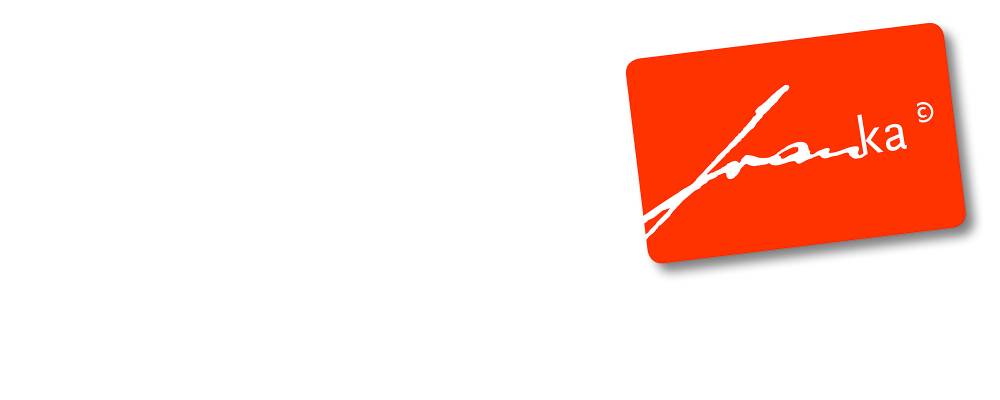

Bodite med prvimi ...
.... ki boste izvedeli, katere koncerte, predavanja, gledališka in plesna gostovanja in drugo pripravljamo v Cankarjevem domu,
